how to keep an attic cool in the summer
As the temperature starts soaring in summer, it can become quite a challenge to keep your attic cool. The rising heat can make your living space uncomfortable and cause significant damage to items stored in the area. If you’re aware of these issues, you’ll want practical solutions on how to cool down the attic effectively. In this article, we’ll provide valuable tips and tricks that will assist in keeping your attic fresh when temperatures start climbing outside. So let’s dive into our comprehensive guide on how to keep an attic cool in the summer!
Understanding the Importance of Attic Ventilation
Attic ventilation is an essential aspect of maintaining a comfortable and healthy living space. An adequately ventilated attic ensures that hot air is removed, allowing cool air in to circulate freely. Proper ventilation not only keeps the temperature down but also prevents moisture buildup, which can lead to mold growth and other problems.
Without adequate ventilation, your attic can become extremely humid and prone to overheating during the summer months. This heat can cause damage to stored items as well as compromise the structural integrity of your home’s roof over time. Therefore, it’s crucial to have proper insulation and ventilation installed in your attic.
There are various types of attic vents you can use depending on your needs. For instance, ridge vents are a popular option for attics because they are incredibly efficient at directing hot air out. Soffit vents or gable vents work well alongside ridge vents by drawing cool air into the attic from below or outside respectively. It’s advisable to consult with experts before installing any type of venting system in your home so that professionals may ensure effective installation while meeting required safety standards.
Installing Proper Insulation to Prevent Heat Transfer
Proper insulation is essential to prevent heat transfer and ensure your attic remains cool during the hot summer months. Insulation helps keep the unwanted heat out of your living space by reducing the amount of heat that flows through walls, floors, and ceilings. When installing insulation, make sure it’s properly sealed around all openings such as vents or pipes to avoid any air leakage.
There are different types of insulation available in the market including fiberglass batts, blown-in cellulose, and spray foam. It’s important to choose a suitable type based on your specific needs and budget. Moreover, proper installation is crucial for effective cooling- make use of professional installers if you’re unsure about how to do it yourself.
By investing in proper insulation for your attic, not only will you be able to maintain comfortable indoor temperatures during summers but also reduce energy costs throughout the year. Make sure you follow safety precautions while handling insulating materials- wear protective equipment such as goggles and gloves when installing it in enclosed spaces like an attic.
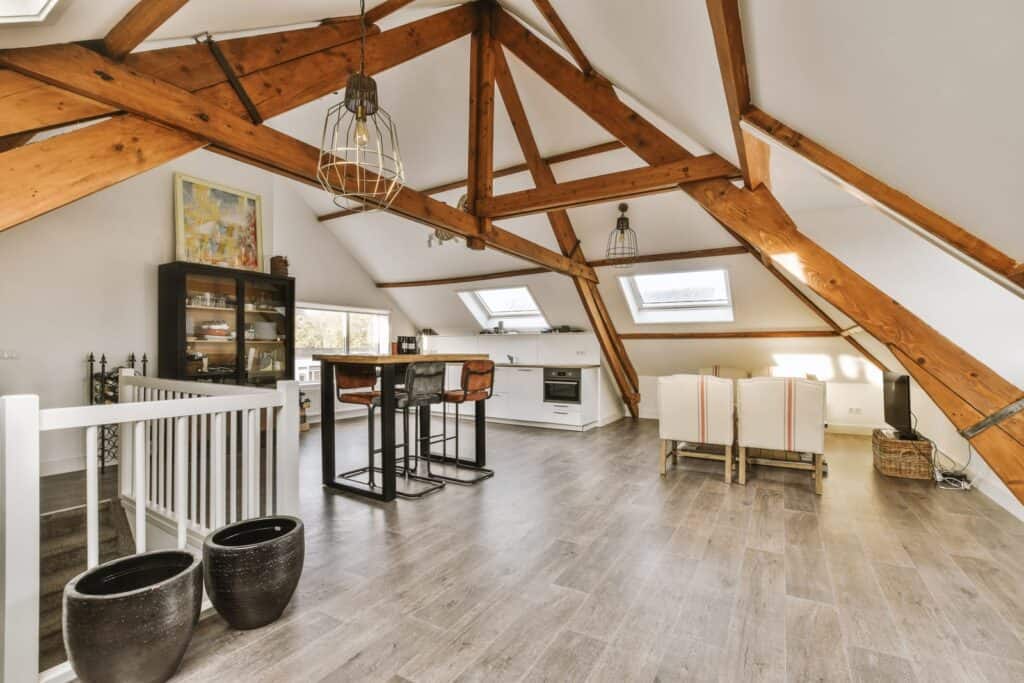
Choosing the Right Roofing Materials to Reflect Heat
Choosing the right roofing materials plays a crucial role in reflecting heat and keeping your attic cool during summer. Consider using reflective coatings or light-colored shingles instead of dark ones, which absorb more heat. Metal roofs are also an excellent option since they reflect up to 70% of the sun’s energy away from your home.
Insulation is another essential factor to consider when looking for ways to keep your attic cool. Properly insulating your attic helps regulate temperature by trapping cold air inside while preventing hot exterior air from infiltrating. The amount of insulation you need depends on several factors like geographic location, roof pitch, and building codes.
Overall, choosing the right roofing material combined with proper insulation can significantly impact how well you control your attic’s temperature during summer months. Consult with professionals who understand local climate patterns and can help guide you towards making informed decisions about which materials are best suited for your home. By taking these steps, you’ll reduce energy bills and create a comfortable living space all year round!
Utilizing Natural Light and Shade to Limit Heat Gain
Utilizing natural light and shade is a great way to minimize heat gain in your attic during hot summer months. By allowing sunlight to enter through skylights or windows, you can distribute heat evenly throughout the space. This reduces the amount of heat that gets trapped in specific areas of your attic, while also providing free illumination.
However, too much direct sunlight can be harmful and increase temperature levels inside the attic. To counteract this issue, it’s essential to create an effective shading system that helps control sun exposure. One option is installing exterior shading devices like awnings or shutters that reflect solar radiation away from the building envelope. Additionally, planting trees around your home can provide natural shade and lower overall temperatures during summer months. Ultimately, utilizing natural light and shade correctly provides an easy way to keep your attic cool while reducing energy costs at the same time!
Adding Attic Fans or Ventilation Systems for Airflow
Adding attic fans or ventilation systems can make a substantial difference in maintaining suitable airflow and keeping your attic cool. Properly installed ventilation systems can allow hot air to escape while letting cool outdoor air in, creating an ideal temperature balance for your attic space. Attic fans ensure that stagnant hot air is continuously extracted from the area and vented outside, reducing the overall heat buildup.
In addition to improving comfort levels, installing an attic fan or ventilation system also has other benefits. Firstly, it reduces the strain on cooling appliances in other parts of the house such as air conditioning units or ceiling fans by lowering overall ambient temperatures inside your home. Furthermore, it extends the lifetime of materials stored within its parameters by preventing harmful moisture damage due to humidity buildup.
Overall, adding proper ventilation systems such as an attic fan provides advantages both functionally and financially for homeowners during summer months. It helps optimize indoor environments’ energy efficiency while protecting against weather-related issues such as roof rot or pest infestations that might otherwise have long-term effects if left untreated.
Sealing Air Leaks and Ductwork to Prevent Heat Infiltration
Sealing air leaks in your attic can prevent heat infiltration, making it easier to keep the space cool during summer. Leaky doors, windows, and pathways for electrical wires are notorious culprits when it comes to allowing hot air entry into attics. Air sealing measures can include weather stripping around windows and door frames or using caulking to make up for gaps between electrical cables and their entry points. By ensuring that there is no way through which hot air can enter via these channels, you will be able to minimize the amount of heat infiltrating your attic.
Ductwork plays a pivotal role in transporting conditioned air from HVAC systems throughout homes. Proper insulation and seal-up of ducts ensure that cool air travels efficiently without being compromised on its journey to rooms in your home. Fixing leaky or damaged duct segments also prevents unwanted warm outside air from mixing with cooled interior temperatures before they reach living spaces expanding energy bills while decreasing comfort levels within your home. Sealing any holes and cracks with specialized tape will further enhance efficiency preventing an influx of extremely high temperatures during hotter months whereby saving power costs along with prolonging overall system performance life expectancy aiding homeowners’ long term sustainability goals.
Taking Advantage of Nighttime Cooling and Cross Ventilation
Taking advantage of nighttime cooling and cross ventilation are practical solutions for keeping your attic cool during the hot summer months. At night, temperatures tend to drop outside, and this is an excellent opportunity to let in cooler air into the attic. To do this, open all windows in the room and ensure that screens are clean and free from any debris that can obstruct airflow. Also, consider installing a vent fan on the roof or gable of the house to assist with drawing air inside.
Cross-ventilation occurs when there is a natural flow of fresh air between two opposite openings such as doors or windows. In attics, it’s essential to have at least two vents-one at the bottom near eaves and another at the top close to ridges-to facilitate proper circulation of air throughout the space. The prevailing wind direction must also influence their installation position; otherwise, they may not function effectively. Taking advantage of nighttime cooling and cross ventilation ensures that hot air is replaced by fresher cooler air leaving you with an attic maintaining favorable conditions regardless of external weather conditions.
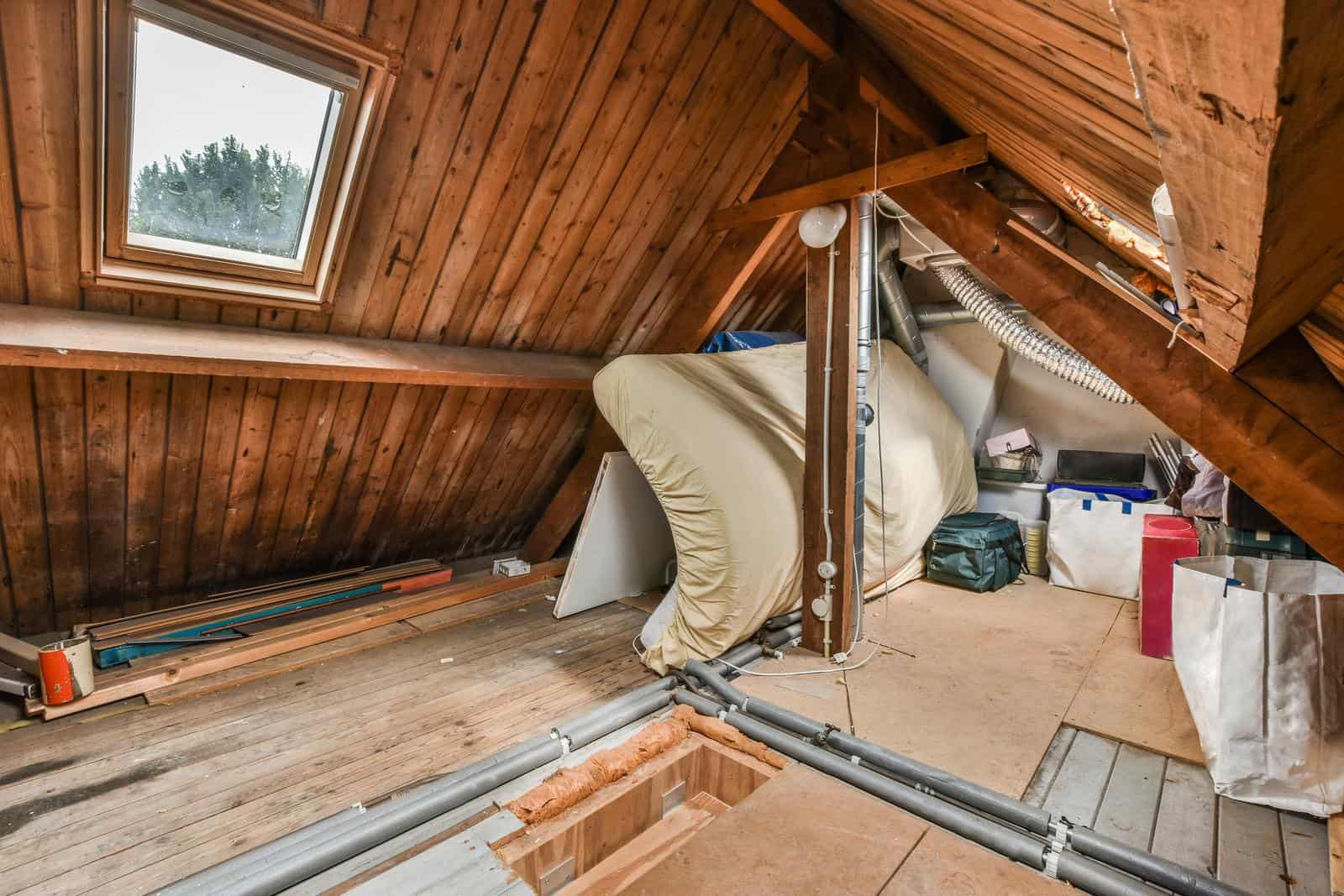

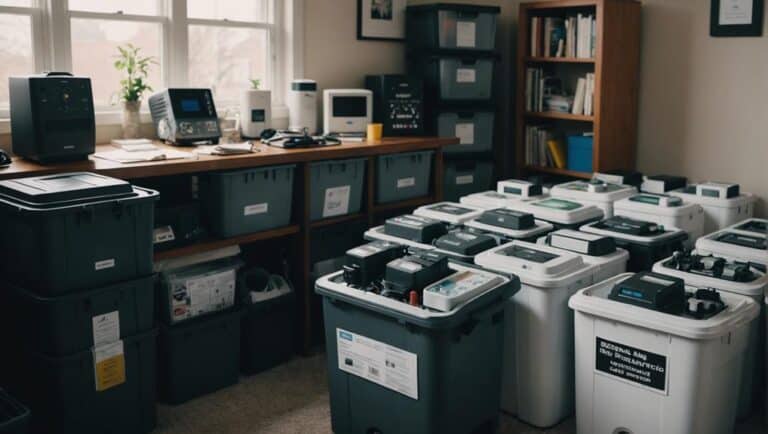
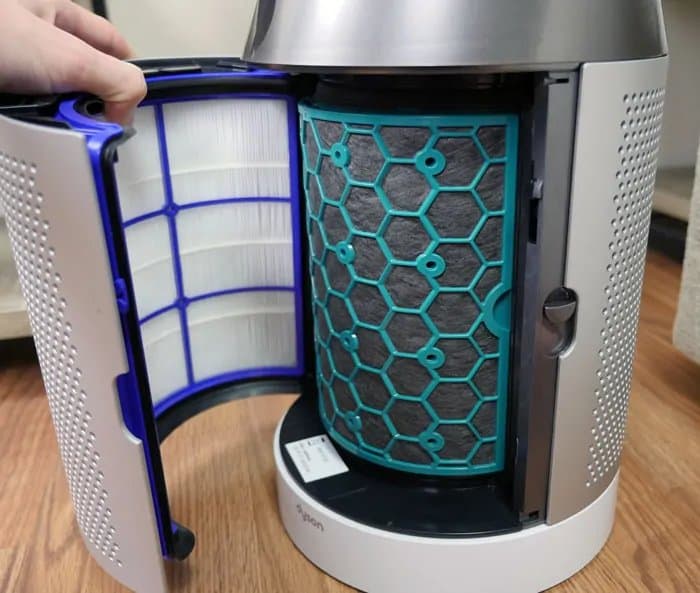

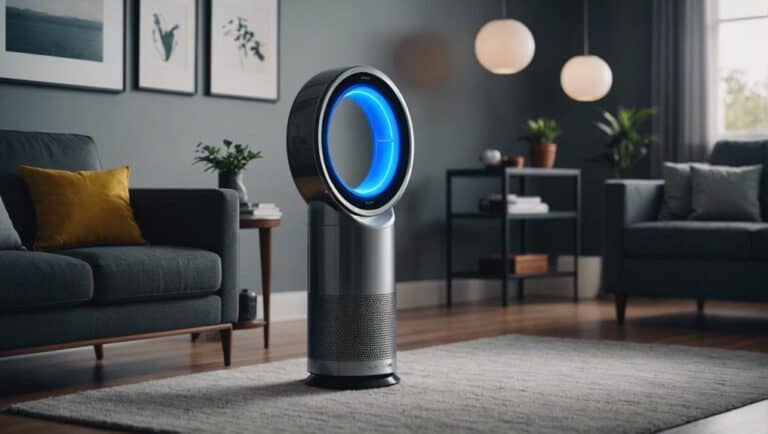

One Comment